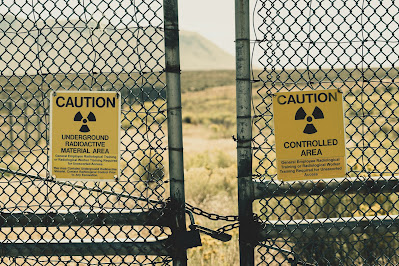The Mysteries of the 5 second rule

The 5-second rule is a popular myth that states that food is safe to eat if it is picked up from the floor within 5 seconds of being dropped. This rule has been around for a long time, and many people believe it to be true. However, the question remains: is the 5-second rule real? In this article, we will explore the science behind the 5-second rule and determine whether it is a fact or a myth.
The Origins of the 5-Second Rule
The origins of the 5-second rule are unclear, but it is believed to have been around for a long time. According to a book called "Did You Just Eat That?" by food scientist Paul Dawson and food microbiologist Brian Sheldon, the rule may have originated from legends around Genghis Khan. The Mongol ruler is rumored to have implemented the “Khan Rule” at his banquets, which allowed food to stay on the floor as long as Khan allowed.
The Science Behind the 5-Second Rule
The 5-second rule is based on the idea that bacteria take time to transfer from the floor to the food. However, studies have shown that this is not entirely true. When food is dropped on the floor, it can pick up bacteria almost immediately, regardless of how long it is left there.
In a study conducted by high school senior Jillian Clarke during a six-week internship in the food science and nutrition department at the University of Illinois at Urbana-Champaign, it was found that bacteria can transfer to food in less than one second. Another study conducted by researchers at Rutgers University found that bacteria can transfer to food in less than one second, and that the type of surface the food is dropped on can also affect the amount of bacteria that is transferred.
The Variables of the 5-Second Rule
To understand whether the 5-second rule is true or not, it helps to break it down into its three main variables: the time frame, the food, and the floor.
The Time Frame
As mentioned earlier, studies have shown that bacteria can transfer to food almost immediately after it is dropped on the floor. Therefore, the time frame of the 5-second rule is not a reliable indicator of whether food is safe to eat or not.
The Food
Some foods are more likely to pick up bacteria than others. For example, wet or sticky foods like cheese or candy can pick up more bacteria than dry foods like crackers or chips.
The Floor
The type of surface the food is dropped on can also affect the amount of bacteria that is transferred. Carpets and rugs, for example, are more likely to harbor bacteria than hard surfaces like tile or wood.
In conclusion, the 5-second rule is a myth. Studies have shown that bacteria can transfer to food almost immediately after it is dropped on the floor, regardless of how long it is left there. Therefore, it is not safe to eat food that has been dropped on the floor, even if it is picked up within 5 seconds. While the origins of the 5-second rule may be unclear, the science behind it is not. So the next time you drop a piece of food on the floor, it's best to just throw it away.
Citations:
[1] https://www.bonappetit.com/story/five-second-rule
[2] https://kidshealth.org/en/kids/5-seconds.html
[3] https://www.sciencefriday.com/articles/the-origin-of-the-five-second-rule/
[4] https://huffpost.com/us/entry/us_56b07205e4b057d7d7c809a8
[5] https://www.houstonmethodist.org/blog/articles/2021/oct/is-the-five-second-rule-actually-true/
[6] https://www.webmd.com/a-to-z-guides/features/5-second-rule-rules-sometimes-











Comments
Post a Comment